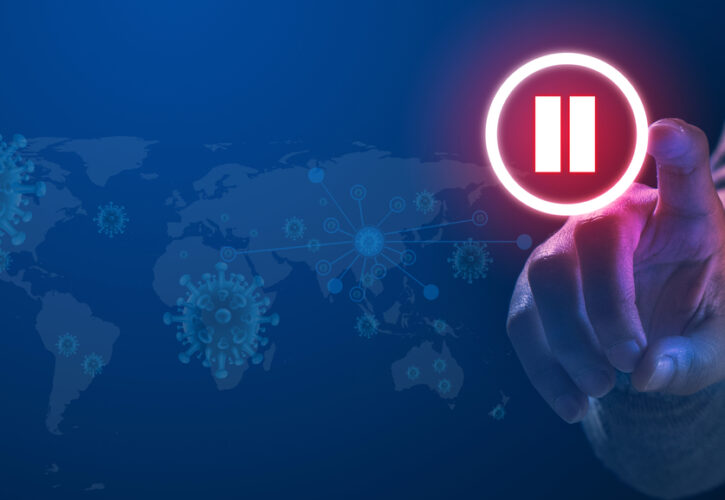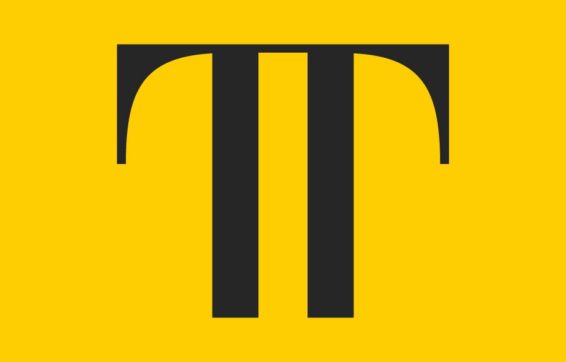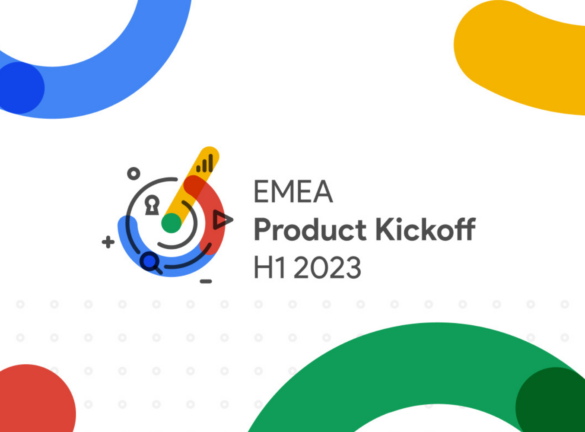
What you should do while your Paid Search activity is paused
Whether it’s due a complete lack of demand, or at the opposite end of the scale, demand dramatically outstripping supply, the COVID-19 pandemic has caused many marketers to pause their Paid Search activity.
However, if you have paused your Paid Search activity now is certainly not the time to rest on your laurels.
The time window granted by these unique circumstances is a chance to make important changes that will make all the difference when your activity is switched back on. If nothing else, reduced activity gives PPC teams time to look at those larger projects that might have repeatedly been dropped down their “to do” lists.
ROAST’s Head of Biddable, Erika Mendes, has pulled together a cheat sheet for marketers looking to plan for the future and ensure paid activity re-launches with a bang.
Set Up an Attribution Study
Knowing what’s working and what’s not is incredibly important, especially if you are going to be operating on reduced budgets when your activity is restarted.
We suggest Google Attribution (currently in Beta), which you can use to do data-driven cross-channel attribution.
Some channels you simply can’t turn off, such as Direct or Organic, however by turning off Paid Search this provides Google Attribution with more data, in the form of different conversion paths where Paid Search isn’t present. Using machine learning, Google Attribution can learn from this situation and calculate the true impact of Paid Search.
To activate this on GA there are some requirements. In general, an account must have at least 600 conversions within 30 days for the data-driven model to be available. After these requirements are met it takes a minimum of three days to collect data for a first model and thirty days or more to build a robust model.
Unlock this feature now so that can you can analyse data when it becomes available, allowing you to have a better understanding of each channel’s role based on a more sophisticated attribution model than GA’s standard view of last non direct interaction.
This should set you up for better efficiency once you switch your activity back on.
Build Scripts and Automation
Google Ad Scripts are one of the best ways to start automating repetitive tasks that drain time and money. The best way to begin is by automating well defined tasks – the longer the task takes you and the more often you do it, the more you should prioritise its automation.
There are hundreds of Scripts available, but we would recommend the following areas when building out scripts and automation:
- Now is a great time to use scripts to perform account audits and check hygiene. Scripts that audit accounts based on Google Best practices can help to save the intensive work of manually auditing the accounts. If your campaigns are paused, now is the right time to make sure you are following best practices.
- Scripts feeding Google Trends data into Datastudio or API integrations will help you to visualise trends in order to support your decision-making process. For example, integrating Google Trends into your weekly reports allows you to easily see when search trends are rising, which will in turn help you identify the right moment to reactivate your campaigns.
- Automating the process of ad copy testing will allow you to test at scale. It is a good idea to use this time to build up a large number of ad copy variations that can be tested throughout the year. The process of ad copy approval for some brands is very long, so putting copy through for approval now will help you build up a bank of variations to use once activity goes back live.
- Automating Auction Insights reports will also provide long-term benefits when you relaunch campaigns.
- If you still have some activity running and haven’t tested smart bidding, now is the time to test it. More than ever brands need to find efficiencies and we have seen smart bidding improve results in 80% of our tests.
Build Detailed Testing Plans
Mapping out testing well in advance can be a time-intensive task, but it sets you up well for the coming months. Now is a good opportunity to decide which method to use and which frameworks to employ when your activity comes back on.
Consider:
- Evaluating current quality scores and identifying which areas need to be improved. This will help you prioritise tasks.
- Analysing your whole customer journey rather than looking at Paid Search in isolation. Are there any gaps in the user journey that can be improved? Compare your Paid Search to other activities; identifying discrepancies will give you insights into areas you should be testing.
- Creating a visual document with your test plan. This may sound obvious, but this document is often neglected due to a lack of time. A visual plan will enable both agencies and clients to clearly see what will be tested and when. However, ensure that the plan is flexible so that you can accommodate any changes in schedule. Long term, having a clear testing plan will ensure that no key areas of the account are neglected
Assess your Tech Providers
Whether your providers are used for bid management, feed management or competitor monitoring, now is a perfect time to assess them.
Large companies often have several different tech providers due to the large amount of data and information that is required by the business. However, tech providers are often not being used to their full potential. Now is the perfect time to evaluate the benefit of each provider, listing the areas that are used and not used in order to reveal opportunities and maximise value.
There are an increasing number of Artificial Intelligence and Machine Learning companies entering the market to assist with heavier analysis and testing – these are also well worth reviewing at the moment.
Upskill and Share Learnings
Many are turning to online upskilling during the COVID-19 period, using the opportunity to refresh their knowledge of various marketing channels in order to enable them to make better future decisions. In many cases, training budgets are likely to have been cut over the past few weeks, but there are still plenty of free or low-cost resources out there, including TIPi Group’s one month long online free digital training series – TIPi Academy. You can sign up for individual TIPi Academy sessions here.
Make sure to keep your finger firmly on the pulse of your industry and learn from how others are pivoting at this uncertain time. To encourage knowledge sharing across sectors, TIPi Group are running weekly vertical specific brand panels, exploring how marketers have shifted tactics, faced challenges and driven innovation. You can find out more and sign up to these breakfasts here.
Move Your Paid Activity
If you have been considering moving your paid activity, whether you want to appoint a new agency or move in-house, COVID-19 also presents an opportunity to mitigate some of the perceived risks associated with moving any paid accounts.
While transferring a paid search account is straightforward, it will always be a high-risk moment for clients and agencies alike – from inaccessible inboxes or lost passwords of departed staff, unforeseen delays from Google or Bing’s internal teams or broken APIs and Scripts.
Moving agencies while campaigns are turned off can be far smoother as the common issues that clients face surrounding tracking, optimisation processes or billing transfers can easily be avoided. Additionally, more hours can be dedicated to deeper audits and analysis of legacy activity before the rush of active management.
Often not enough time is given for agencies to fully understand business details or technical nuances of tracking before onboarding a client. This is the perfect time for clients to offer a deep dive on their brand, goals and channel-specific objectives. This will make everyone’s work easier as all stakeholders will be working towards a common goal. Similarly, not enough time is usually given for clients to understand the new agency dynamic and work process. This is the perfect opportunity for agencies to create a clear view of work process, understanding client needs, past bad experiences and overall expectations.
Conclusion
From attribution, to scripts and automation, to testing, assessing tech providers, upskilling, and even moving activity, the best Paid Search teams will be using this break in BAU to improve how they operate once activity starts again. Those who are active during this period will find themselves on the front foot once restrictions are lifted and the auctions start to hot up.
ROAST are currently offering free Paid Search account hygiene audits for brands. To request your free audit contact [email protected]






